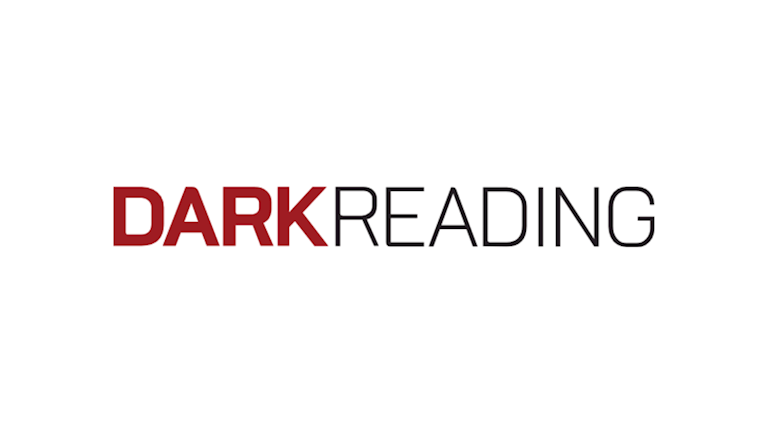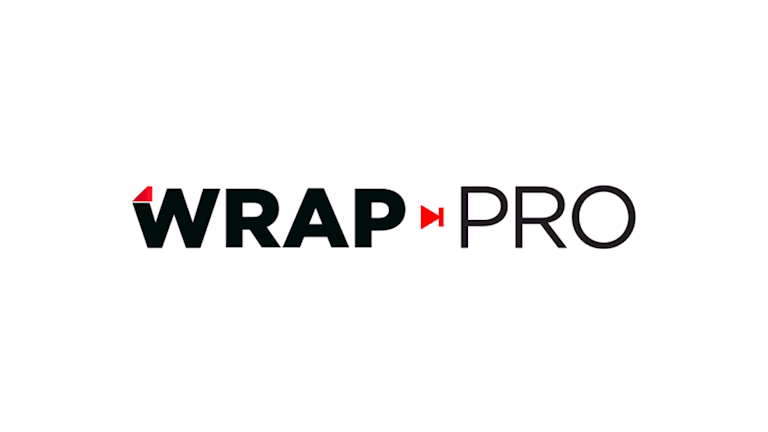Consulting Magazine Q&A with Will Hinde

ALM Intelligence: How is the Healthcare and Life Sciences practice at West Monroe structured?
Hinde: West Monroe's Healthcare and Life Sciences (HLS) practice has had explosive growth in the last few years, following our corporate strategy of balancing organic and acquisitive growth activities. The HLS practice is organized into 4 segments: Health Plans, Dental and Ancillary, Provider, and Life Sciences. While each segment has a unique go-to-market collateral and value proposition that addresses industry and client issues, the entire HLS practice operates as a single unit under one leadership to better serve the entire healthcare eco-system. This "one team" structure and scale allows our consultants to cross-pollinate their knowledge across the eco-system, and positions our firm to solve global healthcare challenges uniquely. It also extends our ability to serve healthcare intermediaries including technology and services companies.
ALM Intelligence: What 's the nature of your client engagements if you broke them into categories - strategy and operations, IT, digital, analytics, and cybersecurity?
Hinde: In today's business world, most large-scale client engagements require a multidisciplinary approach that blends strategy, operations, technology and information management disciplines. At West Monroe, we approach every project with an "uncommon blend of business consultants and deep technologists." As a result our client engagements are often labeled as business transformation (e.g. care management, provider management, claims operations), provider and patient experience, and laboratory optimization, among other industry relevant initiatives.
ALM Intelligence: How do changes (value-based care, analytics, digital transformation, population health) affect the firm's engagements?
Hinde: The healthcare environment is undergoing a variety of transformative changes, such as value-based care and digitization. West Monroe's HLS practice has been at the forefront of these trends and has been delivering these types of change initiatives for several years. Today, about half of our engagements fall in this category, where we continue to help evolve the industry by maturing these capabilities for payer and provider clients. The other half of engagements fall under traditional management and technology delivery engagements, such as technology platform selection and modernization, and business performance optimization. One specific area of note is our work in M&A. Our HLS practice participates in more than 100 due diligence projects each year, providing us with access and insights to emerging and innovative healthcare organizations.
ALM Intelligence: Are you seeing new delivery models, for payers and providers, in the form of shared risk and outcome-based reimbursements?
Hinde: Absolutely. Risk sharing and outcomes-based reimbursement have been a priority in both the payer and provider segments. Since the Centers for Medicare & Medicaid Services (CMS) introduced its program a few years ago, more organizations have piloted and experimented with the model. Most changes are contractual in nature and in favor of shared savings models. The percent of contracts under these shared risk arrangements is relatively small, so changes to business systems and information integration are minimal at this point. As new models take hold, we anticipate a desire to make most reimbursement contracts fall under the shared risk category. A commensurate level of investments will be made to overcome challenges with advancing the contracts for more meaningful outcomes and preparing the business and information systems for large-scale adoptions.
To read the full Q&A in Consulting Magazine, please click here.


